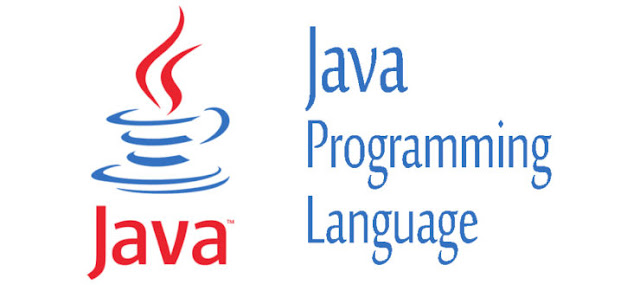Java language basics
This content is part of the series: Introduction to Java programming
Stay tuned for additional content in this series.About this tutorial
The two-part Introduction to Java programming tutorial is meant for software developers who are new to Java technology. Work through both parts to get up and running with object-oriented programming (OOP) and real-world application development using the Java language and platform.This first part is a step-by-step introduction to OOP using the Java language. The tutorial begins with an overview of the Java platform and language, followed by instructions for setting up a development environment consisting of a Java Development Kit (JDK) and the Eclipse IDE. After you're introduced to your development environment's components, you begin learning basic Java syntax hands-on.
Part 2 covers more-advanced language features, including regular expressions, generics, I/O, and serialization. Programming examples in Part 2 build on the
Person object that you begin developing in
Part 1. Objectives
When you finish Part 1, you will be familiar with basic Java language syntax and able to write simple Java programs. Follow up with "Introduction to Java programming, Part 2: Constructs for real-world applications" to build on this foundation.Prerequisites
This tutorial is for software developers who are not yet experienced with Java code or the Java platform. The tutorial includes an overview of OOP concepts.System requirements
To complete the exercises in this tutorial, install and set up a development environment consisting of:- JDK 8 from Oracle
- Eclipse IDE for Java Developers
The recommended system configuration is:
- A system supporting Java SE 8 with at least 2GB of memory. Java 8 is supported on Linux®, Windows®, Solaris®, and Mac OS X.
- At least 200MB of disk space to install the software components and examples.










0 comments:
Post a Comment